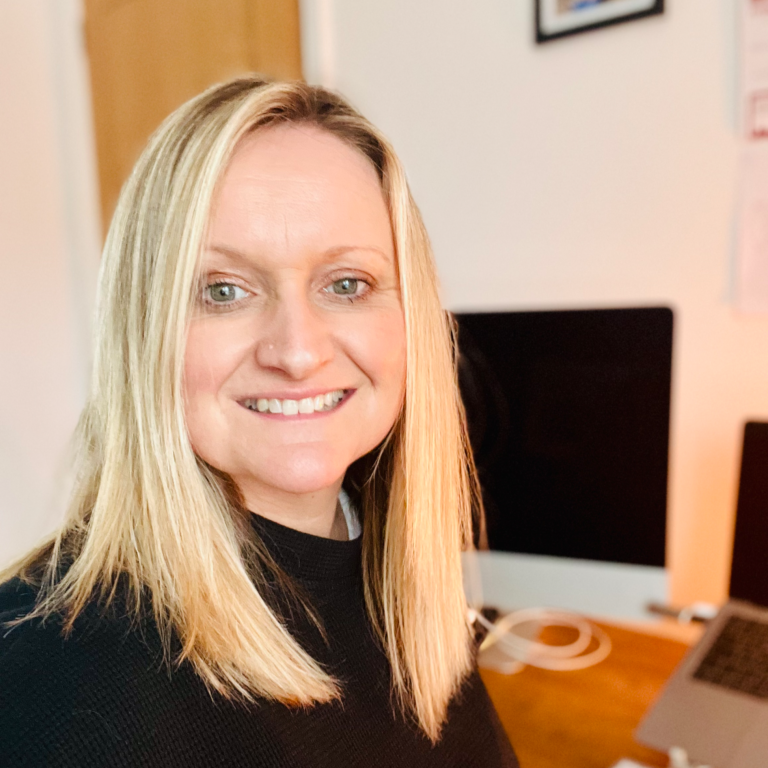CBT Therapy
Cognitive Behavioural Therapy (CBT) is a practical, supportive approach to therapy that helps you understand how your thoughts, feelings, and behaviours are connected. It’s widely used to manage anxiety, depression, and stress—but it’s also incredibly helpful for building self-esteem and supporting you to manage the challenges of ADHD.
If you often feel like you're not good enough, struggle with negative self-talk, or find it hard to stay focused or organised, CBT can help.It offers clear, effective tools to help you shift unhelpful patterns, build confidence, improve focus, and feel more in control of your life.
Whether you're feeling stuck or simply want to understand yourself better, CBT can support real, lasting change.
Starting therapy...
...can feel like a big step, but it doesn’t have to be overwhelming.
If you're dealing with stress, anxiety, low self-esteem, or the challenges of ADHD, Cognitive Behavioural Therapy (CBT) can offer real, practical support.


Now what?
1. You’ve noticed that something’s not working.
Maybe you’re feeling stuck, frustrated, scattered, or just exhausted from trying to keep up. Whether it’s trouble focusing, constant self-doubt, or spiralling thoughts, recognising that you need some support is the first and most important step.
2. Find a CBT therapist who understands ADHD.
Look for someone who’s trained in CBT and experienced in working with ADHD.
Rachael is an experienced therapist will help you feel heard and understood.
Book your initial call
3. Book a first session
Your first call is a chance to find out what you need and ask questions. It’s okay if you don’t have all the answers, this is a chance to see if therapy is right for you and if we are a good fit to work together.


What happens in
therapy?
4. Set goals that actually make sense for you.
Together, you’ll set realistic, meaningful goals, maybe it’s getting a handle on time management, staying on top of tasks, quieting your inner critic, or just feeling less overwhelmed. The focus is on what you want to change.
5. Start showing up and learning tools that work.
CBT sessions are active and practical. You won’t just vent; you’ll learn strategies to manage your thoughts, help focus, respond to stress, and build habits that support your ADHD brain - not fight against it.
6. Try things out between sessions.
You’ll start applying what you learn in real life, one step at a time. That might mean testing out a new routine, using reminders in a new way, or challenging a negative thoughts that keep getting in the way.
Keeping you at the centre...
7. Adjust and grow as we go.
CBT isn’t one-size-fits-all. Rachael will check in regularly about what’s working and what’s not, so your sessions keep evolving with you. The goal is to help you feel more confident, capable, and in control.
You don’t need to have it all figured out to get started. CBT is here to help you move forward with support, structure, and tools that actually make sense for your life.

Don't just take our word for it...
Feedback from real life client's...